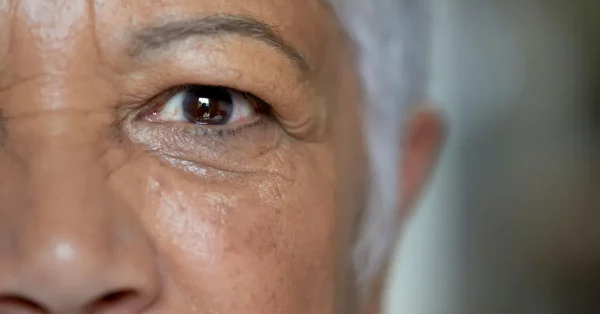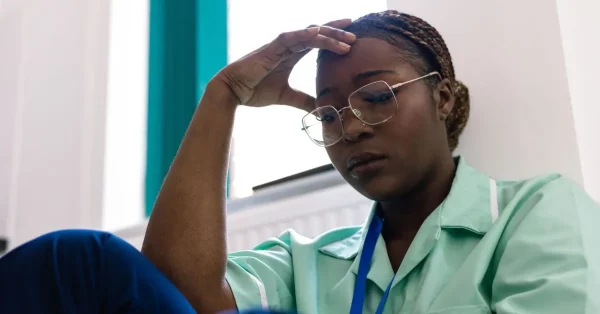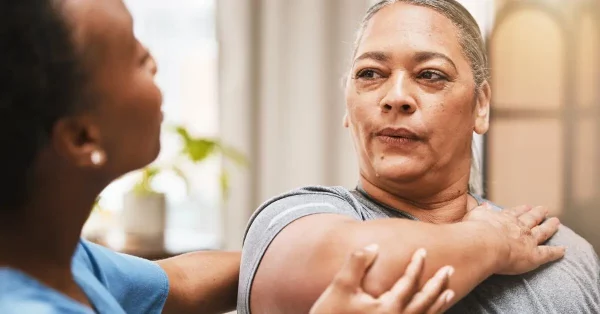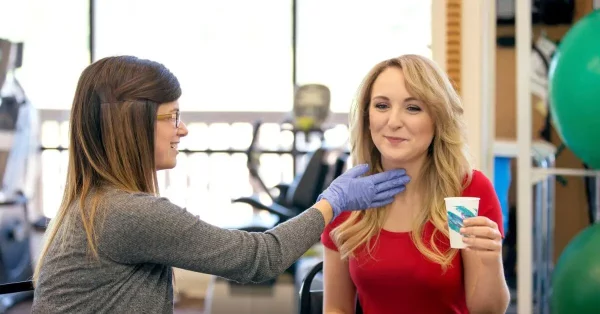
Glasgow Coma Scale: A Practical Guide to Understanding the Glasgow Coma Scale and What It Is Used For
The Glasgow Coma Scale (GCS) is one of the most common tools used to check how serious a brain injury might be. Doctors and nurses

The Glasgow Coma Scale (GCS) is one of the most common tools used to check how serious a brain injury might be. Doctors and nurses

The journey of neurological recovery after a stroke, brain injury, or other neurological event can feel like navigating uncharted territory. One of the most important

Have you ever felt like you’re looking right at something but just not seeing it? Maybe you’ve bumped into furniture on one side of a

Imagine waking up one morning and realizing that half of your world has vanished. Not in a dramatic, disappearing act kind of way, but in

Being a caregiver is one of the most profound acts of love and service a person can undertake. Whether you’re caring for an individual after

Living with multiple sclerosis (MS) can be tough, especially when stiffness and muscle spasms make everyday movements harder. But one of the easiest and most

If you or a loved one is living with aphasia, you know how frustrating communication can be. Finding the right words, forming complete sentences, or

If you or a loved one is working on speech and language recovery, you may notice that answering “why” questions can be challenging. These questions

Diet plays a crucial role in managing multiple sclerosis (MS), a chronic neurological condition that affects the central nervous system. While there is no cure

Recovering from a stroke or brain injury can be a daunting journey, but innovative rehabilitation tools like FitMi are changing the game. Developed by Flint


Take the first step towards recovery.